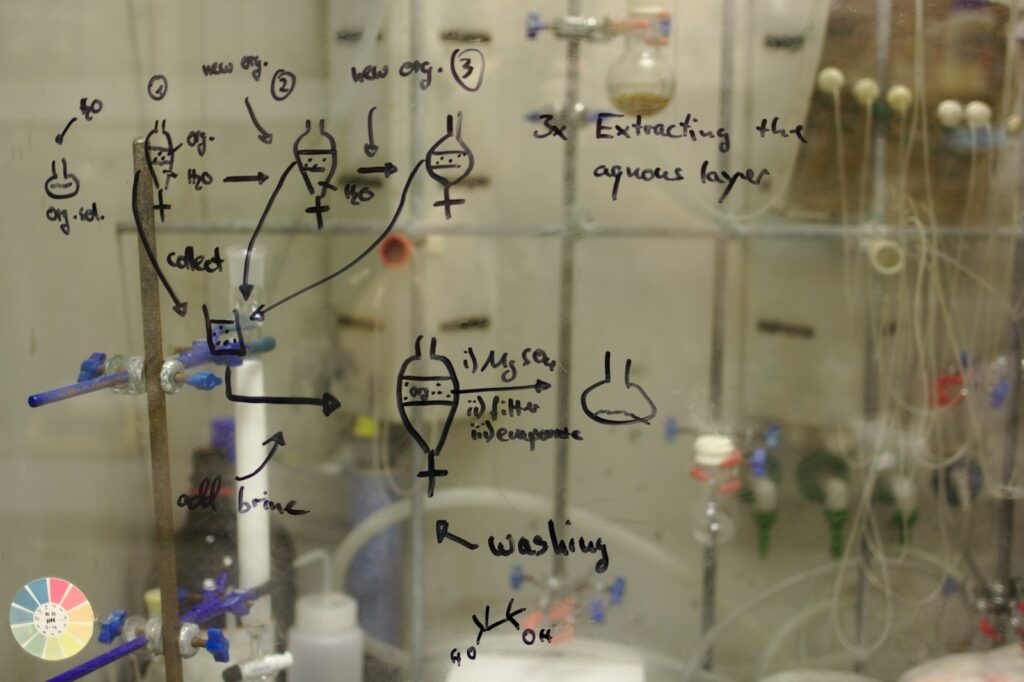Insider Brief
- LG Electronics researchers have developed a new protocol for Quantum Secure Direct Communication (QSDC).
- QSDC is a method of transmitting messages directly through a quantum channel without the need for a secret key.
- The new method may overcome the challenges in transmission rates due to the limitations imposed by the dead time of single photon detectors.
PRESS RELEASE — In a recent study, a team of researchers from LG Electronics have developed a new protocol for Quantum Secure Direct Communication (QSDC). This protocol promises to enhance both the security and the transmission rate of quantum communication systems, addressing some of the limitations of existing technologies.
QSDC is a method of transmitting messages directly through a quantum channel without the need for a secret key, relying the principles of quantum mechanics to ensure security. The current standard for QSDC, known as the DL04 protocol, faces challenges in transmission rates due to the limitations imposed by the dead time of single photon detectors (SPDs) and channel loss over distance, according to the researchers.
The LG Electronics team’s proposal, published in Scientific Reports, introduces a high-dimensional, single-photon-based QSDC protocol that utilizes two optical degrees of freedom: time and phase state. This approach seeks to overcome the transmission rate constraint imposed by the dead time of SPDs. In their protocol, they suggest using the N-dimensional time and phase state generation method, which is a way to encode information in quantum states using two properties: time and phase, across multiple dimensions. This aims to minimize the measurement loss of a transmitted message considering the dead time.

This protocol differentiates between the two types of quantum states, using the phase state primarily for eavesdropping detection due to its relatively low measurement efficiency. The time state, conversely, is employed for sending messages, utilizing differential delay time bin-based encoding techniques. This method allows for an efficient measurement of N-dimensional time and phase-based quantum states and the recovery of classical bit information.
Through simulation, the researchers demonstrated that their proposed protocol can achieve higher security and transmission rates compared to the conventional DL04 QSDC. The study also includes a thorough security analysis against various types of attacks, affirming the robustness of their system. The researchers have applied N-dimensional time-bin encoding to classical single-photon based QSDC to overcome transmission rate limitations.
However, the study acknowledges an increase in system complexity with the proposed technique as the dimensionality of the quantum state increases. While the generation process remains relatively unchanged in complexity, the difference is notable in the measurement process, according to the researchers. The proposed N-dimensional QSDC requires more Mach–Zehnder interferometers and SPDs for phase state measurement, as compared to the simpler requirements of the DL04 QSDC.
The researchers say the method may offer a promising avenue for enhancing the efficiency and security of data transmission in practical communication environments, particularly those affected by factors like turbulence in wireless channels.
LG Electronics research team includes Byungkyu Ahn, Jooyoun Park, Jonghyun Lee and Sangrim Lee.
For more market insights, check out our latest quantum computing news here.

















